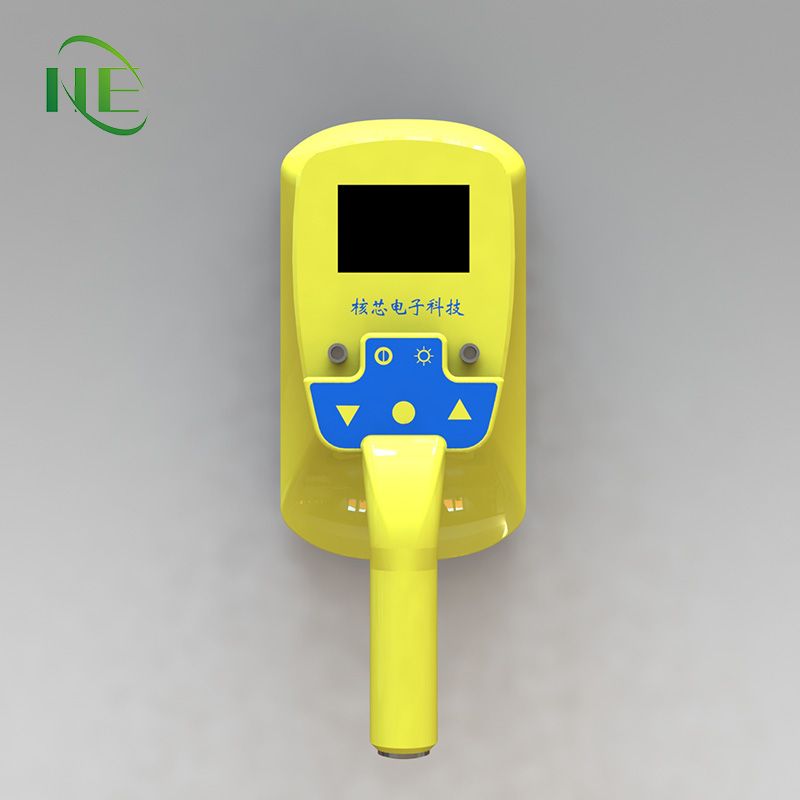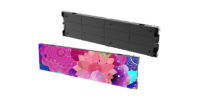Mastering LCD Modules: A Comprehensive Guide for Enhanced Display Performance
In today's fast-paced technological landscape, Liquid Crystal Display (LCD) modules have emerged as indispensable components in various electronic devices, revolutionizing the way we interact with information and visuals. We take immense pride in presenting this comprehensive guide that delves into the intricacies of LCD modules, their functionalities, applications, and the key factors that contribute to their enhanced performance. Join us on this journey to explore the world of LCD modules and equip yourself with the knowledge to make informed decisions for your projects.
Understanding LCD Modules: A Foundation
An LCD module is a sophisticated display technology that employs liquid crystals to modulate light and create images. Its compact form factor, energy efficiency, and ability to display high-quality visuals make it a preferred choice across a multitude of devices, ranging from smartphones and laptops to medical equipment and automotive dashboards.

Key Features and Functionalities
1. Display Resolution and Clarity
LCD modules are celebrated for their exceptional display clarity and high resolution, providing users with an immersive visual experience. The precise arrangement of liquid crystals allows for accurate color representation and sharper images, enhancing the overall quality of the displayed content.
2. Backlighting Techniques
The backlighting techniques employed in LCD modules significantly impact their performance. The two primary methods include LED backlighting and CCFL backlighting. LED backlighting has gained prominence due to its energy efficiency and ability to produce vibrant colors, whereas CCFL backlighting offers uniform brightness distribution.
3. Touchscreen Integration
Many modern LCD modules come equipped with touchscreen capabilities, fostering seamless interactivity. Capacitive and resistive touchscreens are the two prevalent technologies used. Capacitive touchscreens offer enhanced sensitivity and response, making them ideal for applications where precise touch input is crucial, while resistive touchscreens excel in scenarios requiring gloved or stylus-based input.
Applications Across Industries
LCD modules find applications in diverse industries, each harnessing their unique features for tailored solutions.
1. Consumer Electronics
The consumer electronics sector, including smartphones, tablets, and televisions, relies heavily on LCD modules to deliver captivating visuals, exceptional color accuracy, and energy-efficient performance to end-users.
2. Medical Equipment
In medical settings, LCD modules are pivotal in diagnostic equipment, patient monitoring systems, and medical imaging devices. Their ability to render detailed images with precision aids healthcare professionals in accurate diagnosis and treatment planning.
Additional reading:How Do You Select A Polymer Insulator?
Graphic LCD Module: Enhancing Display Capabilities for Visual Applications
The Shared Power Bank: Your Ultimate Solution for On-the-Go Charging
Introduction Lithium Storage's NCM 51Ah-1P12S VDA Battery Module
Unraveling the Benefits of Three Phase Hybrid Inverter
From Seismic Sensors to Tsunami Warnings: How Data Saves Lives
The Anatomy of Precision Instruments PCBA
3. Automotive Displays
Modern vehicles incorporate LCD modules in their dashboards, infotainment systems, and heads-up displays. These modules provide drivers with crucial information, entertainment options, and navigation assistance, contributing to a safer and more convenient driving experience.
4. Industrial Control Systems
Industrial sectors benefit from LCD modules in control panels and human-machine interfaces. The robust construction of these modules ensures reliable performance in challenging environments.
Enhancing Performance: Factors to Consider
Brightness and Contrast Ratio
When evaluating LCD modules, the brightness and contrast ratio are pivotal factors. Higher brightness ensures visibility in various lighting conditions, while an optimal contrast ratio enhances the distinction between light and dark areas on the display.
Response Time
Response time refers to how quickly pixels transition from one color to another. Lower response times reduce motion blur, making LCD modules suitable for applications involving fast-paced visuals, such as gaming and video playback.
Viewing Angles
Wide viewing angles are essential, particularly in settings where multiple individuals view the screen simultaneously. Advanced LCD technologies ensure consistent image quality across a range of viewing angles.
Power Efficiency
Energy efficiency is a critical consideration, especially in portable devices. LCD modules with energy-efficient backlighting technologies contribute to prolonged battery life.
Selecting the Right LCD Module for Your Needs
Choosing the ideal LCD module for your project necessitates a clear understanding of your specific requirements and the technical aspects of available options. Consider factors such as display size, resolution, touchscreen capabilities, and the intended application environment.
In conclusion, LCD modules stand as remarkable innovations that have redefined visual experiences across industries. Their versatility, coupled with advancements in technology, continues to drive enhanced display performance. By understanding the nuances of LCD modules and selecting the right one for your needs, you empower yourself to create compelling user experiences and stay ahead in the competitive technological landscape.
Additional reading:How to waterproof LCD display?
Understanding different polarizers
Why Should Companies Invest In High-Quality Adss Cable Accessories?
Top 10 Diesel Generator Manufacturers
What are the advantages of using Metal Oxide Film Resistor?
What’s the Difference between Start Stop Car Batteries & Normal Batteries?
Types of Fixed Resistors: Demystifying Electronic Components








